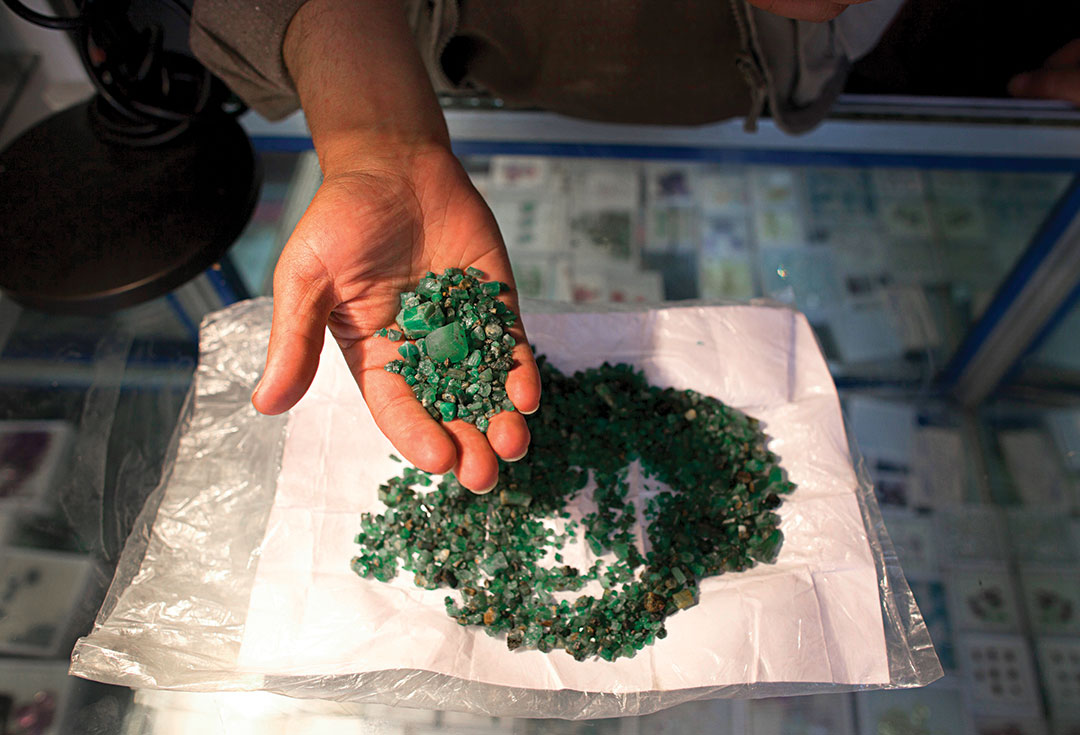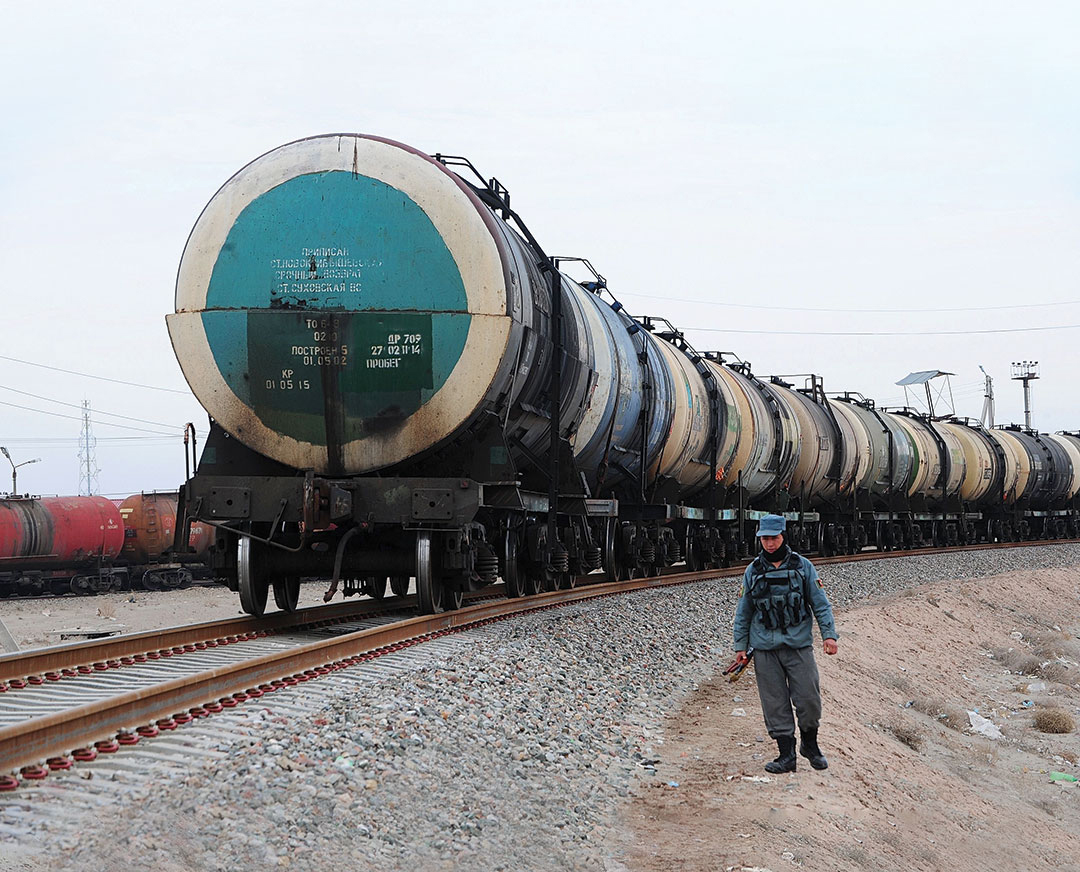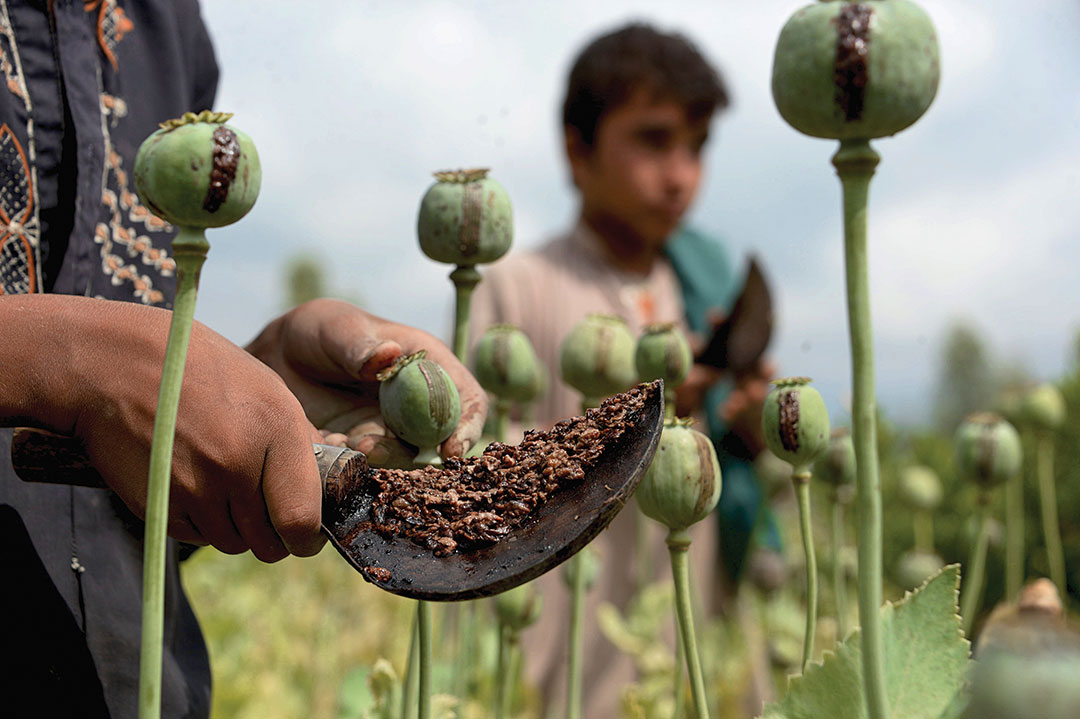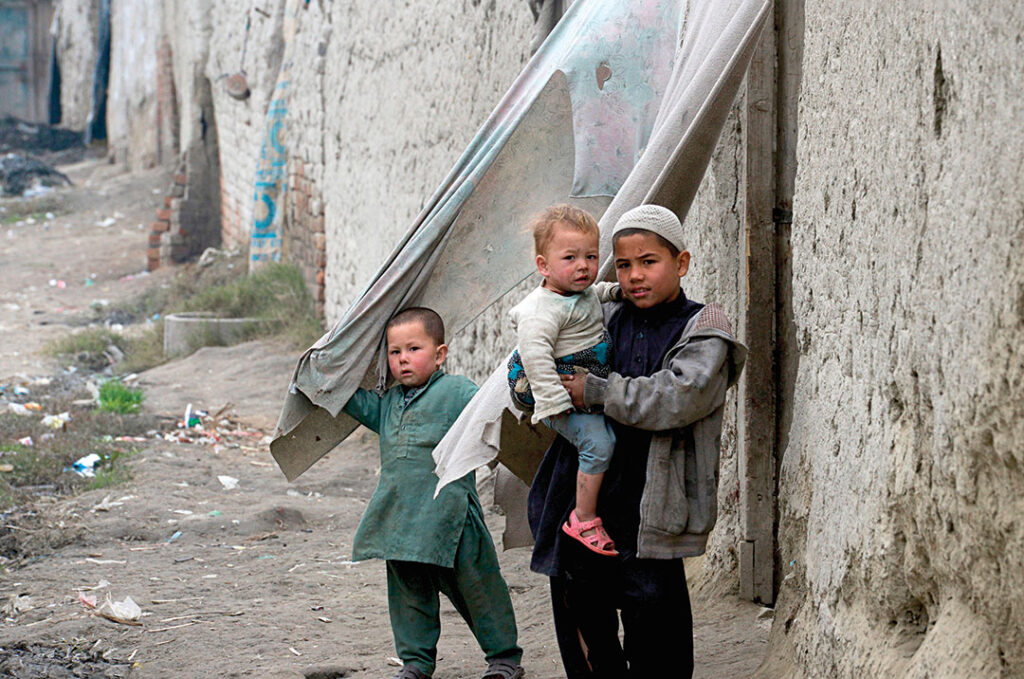Afghan stability would benefit the entire Central and South Asia region
PROFESSOR ADIB FARHADI | Photos by AFP/GETTY IMAGES
The United States is placing greater emphasis on “great power competition” in fashioning its foreign policy. In its most recent iteration in the U.S., the concept figures prominently in the 2017 National Security Strategy and 2018 National Defense Strategy and commits the country to containing expansionist ambitions of China and Russia in places such as Central Asia and Afghanistan.
Nevertheless, this shift in strategy offers prospects for compromise, committing the U.S. to “seek areas of cooperation with competitors from a position of strength, foremost by ensuring our military power is second to none and fully integrated with our allies.” One region where collaboration, consensus building and resource sharing are essential is Afghanistan.
The country’s central location, rich endowment of natural resources, and precarious security situation make it a logical focus for bringing peace and stability to the larger region.

Dr. Frederick Starr, an academic best known in recent years for advocating a “New Silk Road Strategy” to revitalize Afghanistan and its neighbors, summarizes the U.S.’ approach to the region as follows:
“The new strategy emphasizes American support for the sovereignty and independence of the Central Asian states. It encourages the growth of regional cooperation among them and acknowledges positive steps toward political and economic reform. It also supports the expansion of relations between Central Asian states and Afghanistan. It emphasizes the importance of partnership with regional states to achieve progress on sensitive topics such as human rights and religious freedom.”
The Near East South Asia Center for Strategic Strategies, in collaboration with the University of South Florida, held a conference in January 2020 in which experts from academia, government and the military focused on Afghanistan’s geopolitical and economic position in the region within the context of great power competition.
Decades of war in the country have spilled over into the territory of its neighbors in the form of political instability, refugee crises, terrorism threats, economic stress, narcotics trafficking and more. It’s in nearly everyone’s national interest to reduce these sources of instability.
Afghanistan’s illicit drug trade has led to millions of Russians, Iranians and Pakistanis suffering from addiction to opium grown and processed in Afghanistan. Seizing narcotics and the criminals who smuggle them represents an area of cooperation that transcends national rivalries. In fact, the U.S. and Russia have coordinated efforts — including joint training of Central Asian security forces — to counter the illicit narcotic trade.
The wars in Afghanistan have also triggered a constant flow of refugees to Pakistan and Iran, which have hosted millions of Afghans driven from their homes. A cessation of hostilities in Afghanistan would allow the repatriation of many of these hard-pressed people, relieving economic and social stress on Afghanistan’s neighbors.
Cooperation can take many forms. In many cases, improving stability in the region is less about the U.S. and other powers providing aid than exerting leadership and “convening power” to coordinate governments, business and nongovernmental organizations interested in aiding the region.

Like U.S. and Russian joint counternarcotics training, countries can take steps to relieve landlocked Afghanistan from the burdens of poverty and instability, while simultaneously sparing the region the spillover effects from those burdens. Peace-building measures can take the form of economic development programs such as mining Afghanistan’s rare-earth minerals, the Turkmenistan-Afghan-Pakistan-India (TAPI) pipeline and the New Silk Road.
In 2010, U.S. and Afghan geological survey teams confirmed vast deposits of iron, copper, cobalt and gold throughout Afghanistan. Yet, the most important discovery concerned rare-earth minerals, particularly lithium, a resource critically important in the modern global economy.
Lithium has long played a role in producing glass and ceramics, but has also proven its worth as a medicine and component of lithium-ion batteries used by billions of mobile phones. Afghanistan finds itself among the top producers of lithium. Demand could start outstripping supply in 2020, and Afghanistan is poised to seize this opportunity, according to Jeffrey Reeves of the Griffith Asia Institute.
The mineral is worth $1 trillion to $3 trillion for Afghanistan, estimates Umar Sheraz, senior policy analyst on science and technology for the Organisation of Islamic Cooperation. Such new wealth could permanently transform the Afghan economy, which now generates official economic activity of less than $20 billion per year. Foreign donors have supplied a large percentage of Afghanistan’s budget, and the extraction of lithium could provide the much-needed economic boost that would create thousands of jobs for Afghans, encourage political stability through licit exports and taxation, and reduce extremism that spills into neighboring states.
The challenges in extracting these rare-earth minerals are largely centered on Afghanistan’s lack of infrastructure and precarious security. Afghanistan’s subpar infrastructure has already led to lost opportunities and stunted growth. The country has added eight provinces to the national power grid, but still needs to buy more electricity from its neighbors to fully electrify the country.
In the region as a whole, billions of dollars have been lost because of unmet power demand to run businesses and factories. For example, Kyrgyzstan generates surplus power it wants to sell to its neighbors to the south, but lack of infrastructure has stymied progress.
These same concerns have stymied completion of the TAPI natural gas pipeline, which would cross Turkmenistan, Afghanistan, Pakistan and India. It’s been dubbed the “New Energy Silk Road” to provide access to reliable, sustainable and relatively clean energy for the whole region. The inclusion of Afghanistan into this project would provide Afghanistan not only with fuel but also with economic opportunities in the form of local job creation and royalties, as well as connectivity in the form of increased regional trade. This, in turn, would lead to greater regional stability.
The previously mentioned projects should be addressed through cooperative state efforts as part of the peace-building process. Speaking at the Great Power Competition Conference in Florida, Dr. Starr and Dr. Barnett Rubin argued that connectivity is the key to peace and stability in Afghanistan.
U.S. military efforts to stabilize Afghanistan from 2001 to 2020 have been remarkable. Despite that, U.S. military and political leaders have stressed the need for a comprehensive New Silk Road project to achieve lasting security in Afghanistan and Central Asia.

The New Silk Road would reopen transcontinental trade routes that Afghanistan has not fully exploited for centuries. The country’s central location makes it a vital node in transportation networks stretching from Europe to South Asia, Southeast Asia and East Asia. Uzbekistan, for example, is promising to extend its rail networks farther south into Afghanistan.
As with the TAPI project, Afghanistan would benefit from improved access to foreign markets, and the Afghan government would gain a continuous stream of income from duties and fees necessary for post-conflict prosperity in the region.
The signing of a peace deal between the U.S. and the Taliban in February 2020 could mark the first step to a stable Afghanistan. When details of the deal were released, many international actors, great powers included, expressed hope that it would ultimately lead to peace, prosperity and stability. That’s good not just for Afghanistan, but for the entire region.
About the author: Adib Farhadi is a professor at the University of South Florida, where he specializes in courses on peace and conflict, economic development, governance and countering violent extremism. Born in Afghanistan, Dr. Farhadi served for a brief time as country’s deputy minister of commerce & industry in the post-Taliban government and has been a major proponent of the “New Silk Road” strategy for improving the Afghan economy.

